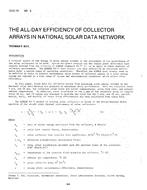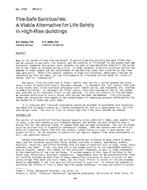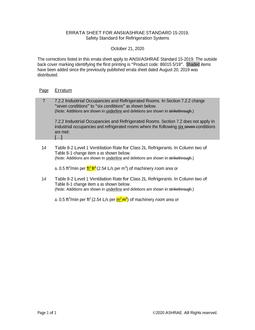Click here to purchase
The photovoltaic (PV) cells are presently used in rooftop power plants to make a building self-sufficient in energy. The conversion efficiency of these PV cells is found to be reasonably less. The primary reason for this lower efficiency is the increase in its operating temperature. The remaining energy of the incoming solar radiation is lost in the form of heat from the PV cells. The waste heat removed from the PV cells has the potential to increase the overall efficiency of the solar cells by reducing its operating temperature. The lower wavelength regions of the incoming radiation spectrum are the useful radiation for energy conversion in the PV cells. In contrast, the infrared wavelength portion of the spectrum is contributing to its temperature increase. This waste heat can be extracted by circulating cooler working fluids, such as air, water, or refrigerants. This recovered heat can be used for domestic as well as commercial space heating, floor heating or water heating applications in the buildings. The heat pump-based space heating systems are becoming more popular in recent times. An experimental investigation was carried out on a solar-assisted heat pump under the climatic condition of Calicut city, India. A solar PV rooftop plant of 1 kW capacity has been set up, and the testing of the proposed heat pump based solar heat recovery from the photovoltaic-thermal (PVT) collector was performed. The primary objective is to investigate the electrical and thermal performance of a solar PVT hybrid collector used for hot water generation. The proposed system is capable of producing about 150 liters of hot water with 60 oC temperature within a duration of 7 h/day. Optimized design of heat pump assisted PVT collector for space heating was developed. The operating temperature of the panel is reduced by 25% with cooling, and the output power got enhanced by 19%. With cooling, the instantaneous energy efficiency was improved by 15%, whereas the improvement in PV efficiency was 34%. A payback period of 2.3 years was obtained through an economic analysis, which is significantly lower than that of the conventional systems.
Citation: 4 th Intl Conf: Efficient Bldg Design
Product Details
- Published:
- 2020
- Number of Pages:
- 8
- Units of Measure:
- Dual
- File Size:
- 1 file , 2 MB
- Product Code(s):
- D-ICEB20-01


